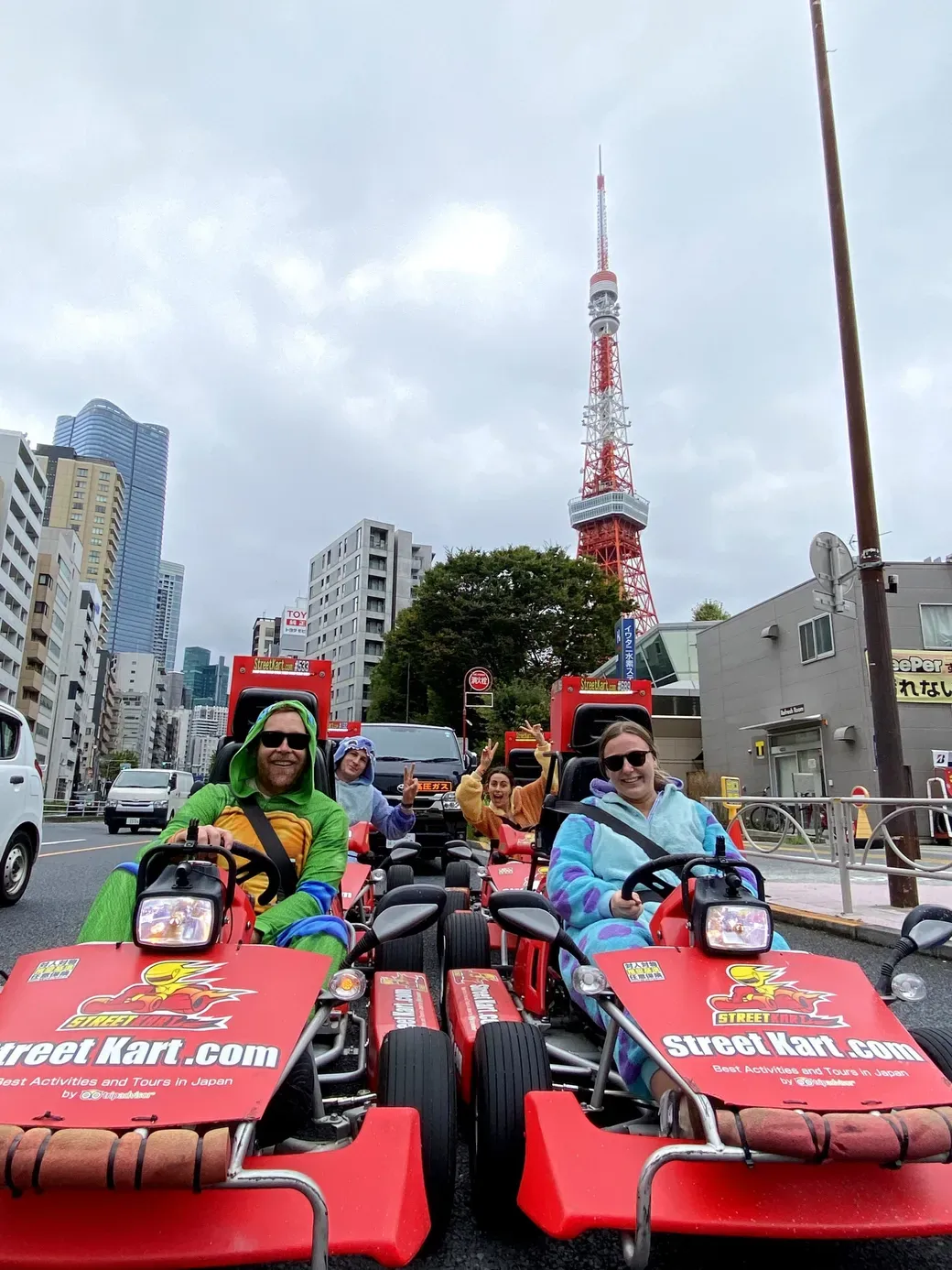Discover the Charm of Hinamatsuri Celebrations Across Japan
March 3rd marks the Peach Festival, known as Hinamatsuri or Girls’ Day. This traditional celebration wishes for the healthy growth of young girls and is observed throughout Japan in various unique ways. Each region hosts distinctive festivals and events where you can admire beautiful hina doll displays and experience diverse local customs.
Notable Hinamatsuri Region
Hinamatsuri in the Kanto Region
Konosu City in Saitama Prefecture is famous for Japan’s tallest pyramid-shaped hina doll display. The spectacular sight of colorful hina dolls filling the entire venue attracts numerous tourists. In Katsuura City, Chiba Prefecture, the “Katsuura Big Hinamatsuri” features approximately 30,000 hina dolls displayed throughout the town.
In central Tokyo, department stores and museums showcase precious hina doll exhibitions, where you can appreciate traditional displays dating back to the Edo period. The Nihonbashi and Ginza areas are particularly noteworthy, with long-established department stores competing to present lavish hina doll exhibitions where you can observe intricate craftsmanship up close.
Tokyo Skytree Town and Asakusa offer Hinamatsuri events in spaces filled with downtown charm, featuring displays that blend tradition with modernity. Combined with a stroll along the Sumida River, you can experience Hinamatsuri culture while welcoming the arrival of spring.
Central and Tokai Region Tradition
The “Hida Takayama Hinamatsuri” in Takayama City, Gifu Prefecture, features Edo-period hina dolls displayed in merchant houses and sake breweries along the historic streets. The combination of historical buildings and hina dolls creates an atmosphere that feels like stepping back in time.
In Izu, Shizuoka Prefecture, Kawazu Town and Inatori Onsen are renowned for their “tsurushi-bina” (hanging ornaments). These colorful decorations suspended from ceilings represent a unique traditional craft passed down through generations in this region. Each handmade ornament carries wishes for children’s health and happiness, warming the hearts of visitors.
In Nagoya, Aichi Prefecture, the Tokugawa Art Museum hosts hina doll exhibitions featuring prestigious dolls from the Owari Tokugawa family. These displays showcasing the pinnacle of samurai culture are unmissable for history enthusiasts.
Hinamatsuri Culture in Kansai and Kyushu
Kyoto is famous for the “Nagashi-bina” ceremony at Shimogamo Shrine. This ancient ritual involves floating paper hina dolls down the river to purify oneself from misfortune and pray for good health.
In Yanagawa City, Fukuoka Prefecture, the “Sagemon Meguri” event decorates shopping streets and homes with colorful “sagemon” hanging ornaments. These regional hanging decorations embody warm wishes for girls’ happiness.
Throughout Osaka City, historical buildings and commercial facilities display hina dolls, allowing you to experience traditional culture even in urban areas. The Dotonbori and Namba areas are especially attractive, where hina decorations add color to the vibrant cityscape, creating an atmosphere perfect for combining sightseeing with cultural appreciation.
Distinctive Regional Custom
Each region maintains unique Hinamatsuri traditions. Yamagata Prefecture is characterized by large-scale “zashiki-bina” (room-filling displays), where luxurious hina decorations fill entire traditional Japanese rooms. Niigata Prefecture has the custom of placing ichimatsunin dolls in front of tiered displays, creating a distinctive arrangement.
In Katsuura Town, Tokushima Prefecture, families carefully preserve hina dolls dating from the Edo period, displaying them publicly during Hinamatsuri season. This offers a precious opportunity to see historically valuable hina dolls up close.
In Okinawa Prefecture, you can observe unique Hinamatsuri customs influenced by Ryukyuan culture. Sometimes celebrated according to the lunar calendar unlike mainland Japan, these regional variations help you appreciate the depth of Japanese cultural diversity.
Hinamatsuri and Street Kart Experience
When visiting tourist destinations during Hinamatsuri season, exploring by street kart is highly recommended. In major tourist cities like Tokyo, Osaka, Kyoto, and Okinawa, go-kart experiences on public roads have gained tremendous popularity.
Touring around Hinamatsuri event venues by kart while feeling the spring weather allows you to discover the city’s charm from a unique perspective. You can dress in your favorite costume for memorable photos, making your Hinamatsuri experience even more special.
In Tokyo, routes with excellent access to Hinamatsuri venues are available around Asakusa and Tokyo Tower; in Osaka, around Dotonbori and Osaka Castle; and in Kyoto, toward Gion and Kiyomizu Temple. Viewing cherry blossom trees and historical buildings from the low vantage point of a kart offers a fresh experience unavailable through conventional tourism.
For driver’s license requirements and other details, please check the official website.
Tips for Enjoying Hinamatsuri
Hinamatsuri events across Japan typically run from late February to early March, with many limited-time special exhibitions. We recommend checking schedules and exhibition details before visiting.
Many venues also sell regional specialty products and Hinamatsuri-exclusive sweets. Visually stunning items include modern interpretations of hina-arare (sweet rice crackers) and hishimochi (diamond-shaped rice cakes). You can enjoy Hinamatsuri culture with all five senses alongside local flavors.
Since photography is permitted at many venues, bring your camera or smartphone to capture memories. Many displays are Instagram-worthy, making them perfect for travel documentation. Whether visiting with family, friends, or solo, this offers a valuable opportunity to experience traditional Japanese culture.
The Hinamatsuri traditions preserved across Japan represent precious cultural heritage reflecting each region’s history and culture. This Hinamatsuri season, why not visit distinctive celebration events in your local area or travel destination?

